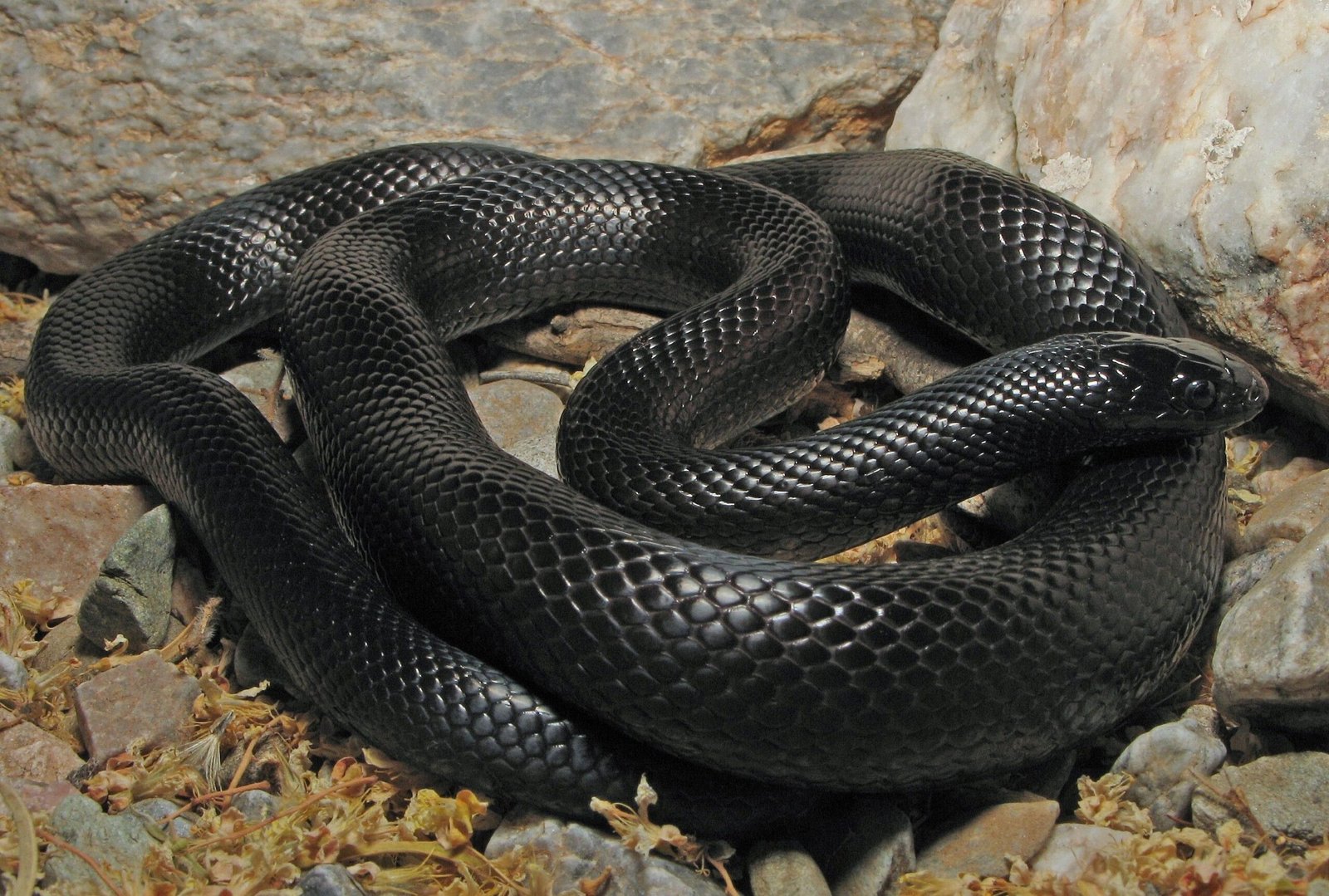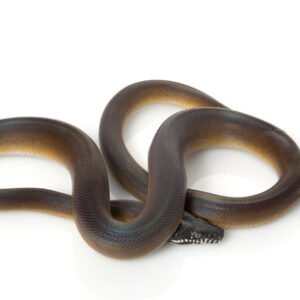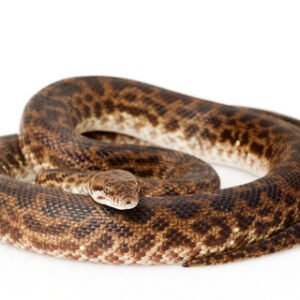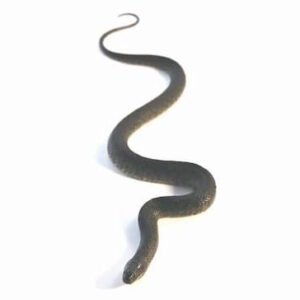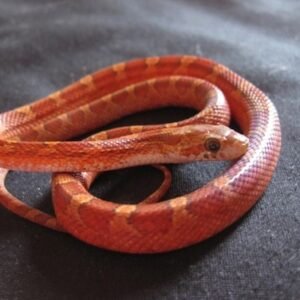Understanding the Mexican Black Kingsnake: A Complete Guide
Introduction to the Mexican Black Kingsnake
The Mexican Black Kingsnake (Lampropeltis getula nigrita) is a strikingly beautiful and fascinating species within the colubrid family, renowned for its glossy black coloration and distinctive yellow or white banding. This snake exhibits a robust, muscular build, typically reaching lengths of 3 to 4.5 feet, making it one of the more sizable kingsnake varieties. The smooth scales of the Mexican Black Kingsnake reflect light, contributing to its captivating appearance, which appeals to reptile enthusiasts and collectors alike.
Native to the temperate regions of Mexico, this species prefers habitats such as scrublands, grasslands, and forests where it can be found navigating the undergrowth in search of prey. The Mexican Black Kingsnake is a proficient hunter, primarily feeding on small mammals, birds, and other reptiles, including the highly venomous Western Diamondback Rattlesnake. This adaptability in diet demonstrates the Mexican Black Kingsnake’s role as a beneficial predator in its ecosystem.
Beyond its physical and behavioral attributes, the Mexican Black Kingsnake is known for its docile temperament, making it a highly sought-after pet among reptile hobbyists. Unlike many other snake species, this kingsnake often acclimates well to captivity, becoming increasingly comfortable with human interaction. This characteristic, along with its striking appearance, has contributed to its popularity and status within the reptile community.
In terms of geographic distribution, the Mexican Black Kingsnake is primarily found in the western parts of Mexico, with a range extending into parts of the southwestern United States. Conservationists regard the species as stable, but habitat destruction and illegal collection pose potential threats. Understanding the Mexican Black Kingsnake’s unique traits and environmental needs is critical for promoting its conservation and appreciation among enthusiasts and the general public alike.
Habitat and Natural Behavior
The Mexican Black Kingsnake (Lampropeltis getula nigra) boasts a unique set of habitat preferences that enable it to thrive in various environments across its range, primarily found in the arid regions of Mexico and parts of the southern United States. These snakes typically inhabit rocky areas, open grasslands, and semi-desert landscapes, showcasing their adaptability to diverse ecological niches. The availability of suitable cover, such as rocks and shrubs, is crucial for their survival, allowing them to hide from potential predators and seek shelter from adverse weather conditions.
This species is primarily nocturnal, exhibiting activity during the cooler hours of the day and evening. This behavior is advantageous, as it helps the snake avoid the intense heat of the daytime sun, thereby minimizing dehydration risks. As nocturnal hunters, Mexican Black Kingsnakes utilize their keen sense of smell to locate prey. Their diet predominantly consists of small mammals, including rodents, which they capture using constriction. Notably, their capability to subdue larger prey items reflects their strong musculature and effective hunting strategies.
The survival of the Mexican Black Kingsnake in the wild is intricately linked to its natural behaviors and habitat. As environmental changes occur, such as habitat destruction or climate change, it is essential to monitor and conserve the ecosystems where these snakes reside. Protecting their habitats from urban development, agriculture, and pollution is necessary for maintaining healthy populations. Conservation efforts must also include educational initiatives to raise awareness about the ecological importance of the Mexican Black Kingsnake and its role in controlling rodent populations in its environment. By fostering a deeper understanding of these snakes and their natural behaviors, we can better appreciate the delicate balance within their ecosystems.
Care and Maintenance in Captivity
The Mexican Black Kingsnake (Lampropeltis getula nigra) is a captivating species that requires careful attention in captivity to ensure its health and well-being. To create an optimal habitat, it is essential to replicate the conditions of their natural environment. Enclosure size is crucial; a minimum of a 20-gallon tank is recommended for juvenile snakes, while adults benefit from a 40-gallon or larger enclosure. The habitat should include secure hiding spots, as these snakes are naturally secretive creatures.
Substrates play a significant role in maintaining the health of a Mexican Black Kingsnake. Suitable options include aspen shavings, coconut husk, or reptile carpet, which allow for easy cleaning and moisture retention. Proper humidity levels, around 40-60%, are vital to prevent shedding issues. This can be achieved through regular misting or incorporating a water dish large enough for soaking. Temperature gradients should be established within the enclosure, with a basking spot maintained between 85-90°F, and a cooler side ranging from 75-80°F. An accurate thermometer should be used to monitor these conditions consistently.
Dietary needs are another crucial aspect of care. A Mexican Black Kingsnake primarily feeds on rodents, such as mice or rats, and it is advisable to offer appropriately sized prey based on the snake’s girth. Young snakes can eat smaller prey items every 5-7 days, while adults may require feeding every 10-14 days. It is important to ensure all food items are thawed completely if they are frozen before feeding. Regular health monitoring is equally important, as signs of stress, illness, or shedding difficulties should prompt immediate attention.
Handling should occur gradually, as excessive stress can lead to defensive behavior. Gentle and calm interactions can help familiarize them with human presence, building trust over time. By providing a thoughtfully designed habitat, appropriate diet, and careful monitoring, owners can successfully maintain a healthy Mexican Black Kingsnake in captivity.
Common Myths and Misconceptions
Owning a Mexican Black Kingsnake often comes with a set of myths and misconceptions that can create misunderstandings about their behavior and safety. One prevalent myth is that these snakes are aggressive or dangerous to humans. In reality, the Mexican Black Kingsnake is known for its docile and calm temperament. They are non-venomous constrictors, which means their primary method of subduing prey involves wrapping around and suffocating it, rather than posing a threat to humans. This temperament makes them a suitable choice for beginner snake owners who seek a manageable pet experience.
Another common misconception is that Mexican Black Kingsnakes can be easily confused with venomous species. While it is true that many snake species share physical characteristics, the Mexican Black Kingsnake has distinct features, such as its glossy black coloration and contrasting light bands on its belly. Educating potential snake owners on these differences is essential to promote proper identification and prevent unnecessary fear towards harmless snakes.
Furthermore, some individuals believe that owning a Mexican Black Kingsnake requires minimal care or specialized knowledge. This is misleading. Like all reptiles, they require specific environmental conditions, including proper humidity, temperature, and nutrition to thrive. Responsible ownership entails understanding their needs and providing a safe and enriching habitat. Potential owners must study their care requirements thoroughly to ensure a healthy and fulfilling experience with their pets.
In summary, it is vital to dispel these myths surrounding the Mexican Black Kingsnake to foster a respectful and informed perspective about this species. By clarifying their temperament, debunking fears of danger, and emphasizing responsible care, we can promote a positive understanding of these fascinating reptiles.

